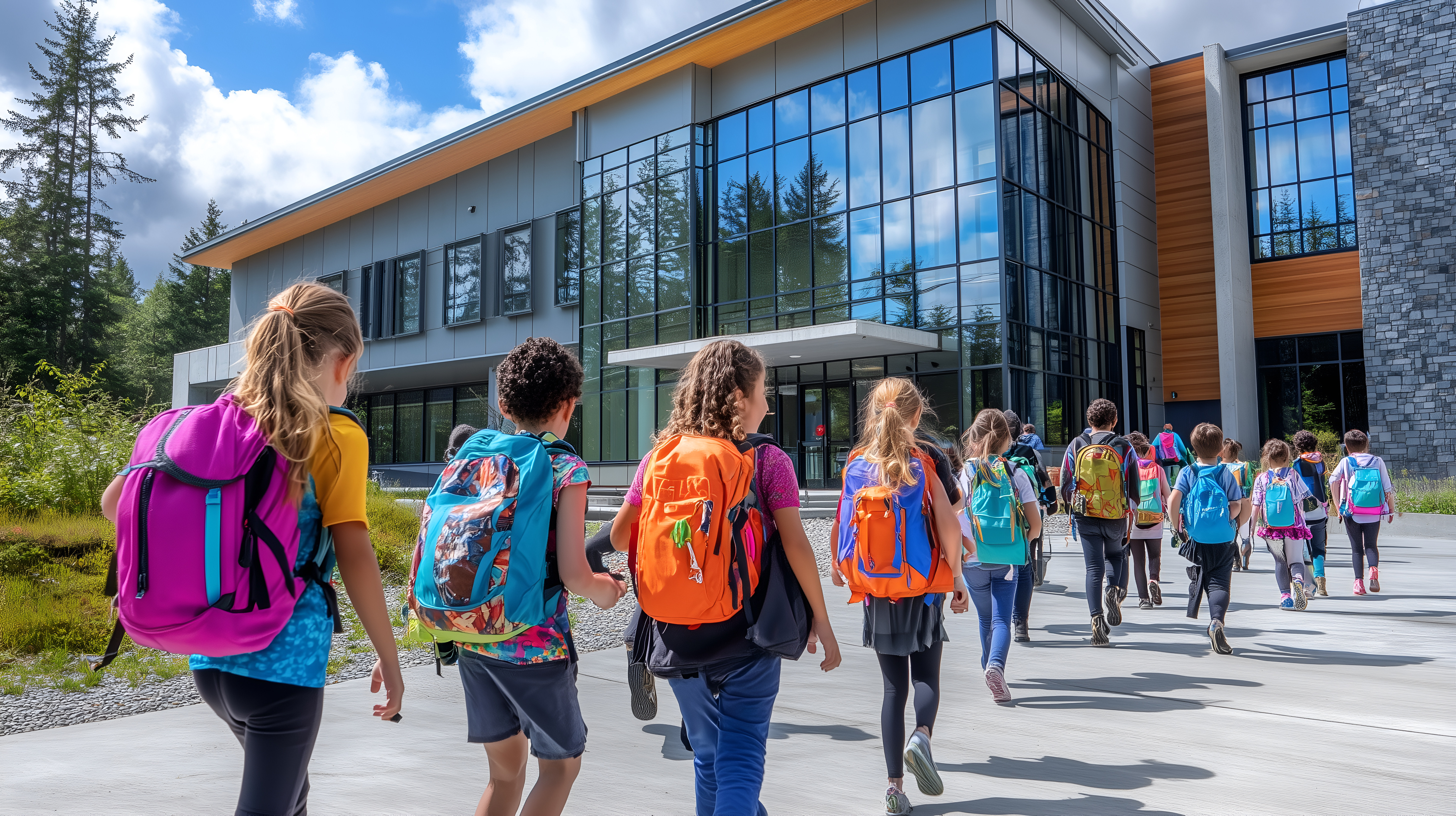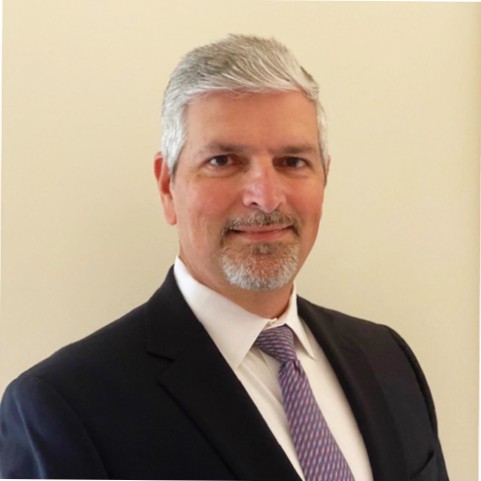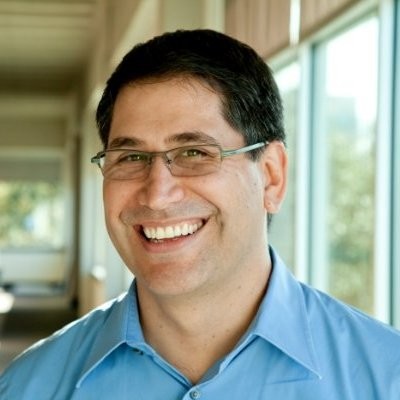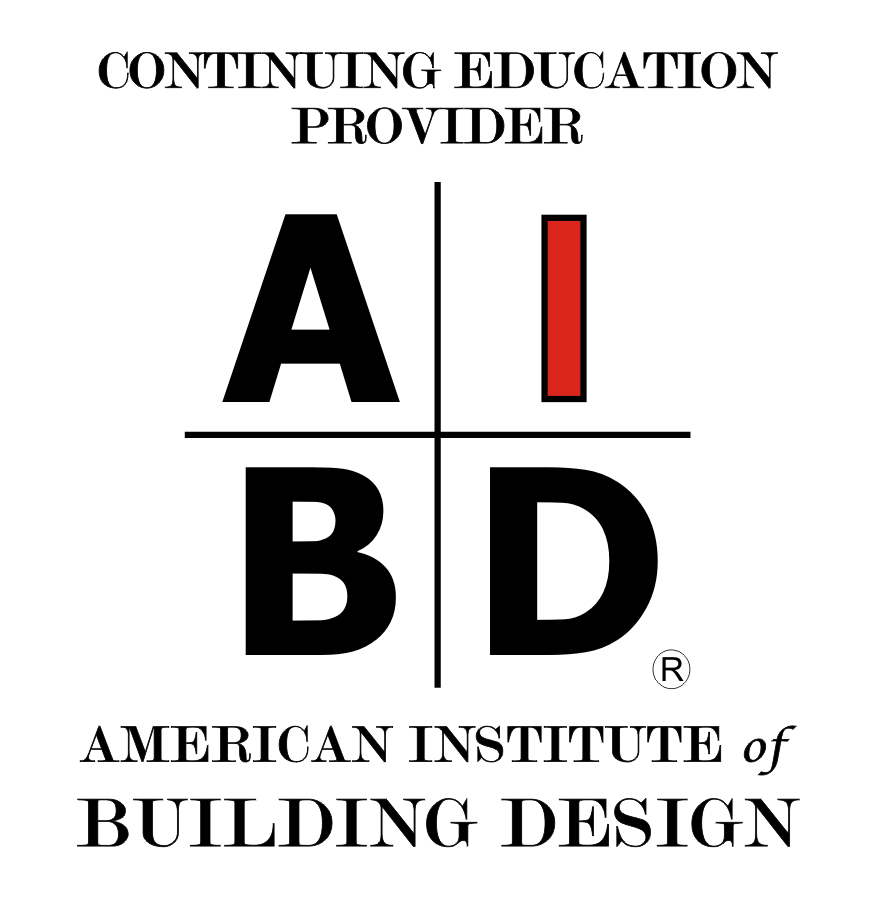Safe by Design: Security Glazing and High-Performance Glass in Educational Facilities
Protecting Students Through Architectural Innovation and Advanced Glazing Solutions
Sponsored by National Glass Association | Presented by Urmilla Sowell, Teresa Hamm Modley, Jaime Gascon, David Dumas, and Ron Madeley
Webinar On-Demand
As school safety remains a top priority, architects and design professionals are increasingly turning to advanced glazing systems to protect students, staff, and learning environments. This webinar explores the critical role of security glazing and high-performance glass in educational facility design.
Participants will examine how modern glazing technologies address threats ranging from forced entry and ballistics to blast and natural disasters, without compromising aesthetics, daylighting, or energy performance.
The session will also review relevant codes and performance standards, and feature real-world applications that demonstrate how security glass enhances both physical safety and occupant well-being in schools. It will include case studies presented by architects and industry experts who have implemented security glazing in K-12 and higher-education projects.

Image courtesy of Adobe
 |
Urmilla Sowell, NGA Technical and Advocacy Vice President, has 20 years’ experience in the glass and glazing and fenestration industry. Her current position includes overseeing all technical and advocacy activities for NGA. Urmilla holds leadership roles at several standards organizations including ASTM International, International Standards Organization, and ASHRAE. She earned both her Bachelor and Master of Science degrees in Civil Engineering from Texas Tech University and is a licensed Professional Engineer. |
 |
Teresa Hamm Modley, AIA, LEED AP, CPHC®, Associate joined VMDO after completing her Master of Architecture at Virginia Tech. Prior to that, she spent much of the last decade in Washington, DC, working in affordable housing with a focus on high performance construction. Specifically she has worked on some of the first single family homes and multifamily renovation projects in DC to be certified with the Passive House Institute of the US (PHIUS). In 2005, she graduated from Boston College and received her B.A.S. in Art/Architectural History. After years of gaining invaluable knowledge and experience through troubleshooting high performance design details on-site, Teresa decided she was ready to return to school to finally pursue her dream of practicing architecture. At Virginia Tech, she gained a solid foundation of design principles and conceptual ideas, was able to travel to study architecture in Europe and Japan, while also pursuing her passion for high performance design through student led projects. |
 |
Jaime Gascon is the Board and Code Administration Division Director of Miami-Dade County and oversees the operations of the Clerk of the Board's office, which provides administrative and clerical support to the Board of County Commissioners. This includes preparing and advertising legal notices for meetings and public hearings, maintaining records of all adopted ordinances and resolutions, and managing the county's legislative process. The division also plays a role in code enforcement, handling appeals related to code violations and facilitating hearings for those contesting citations |
 |
David Dumas, AIA, Associate Principal, Beck Architecture graduated from Texas Tech in 1997 with a Bachelor of Architecture and moved to Dallas, Texas. I worked 22 years at Good Fulton & Farrell Architects and have been 6 years at The Beck Group as an Associate Principal and leader in the Education & Institutional Studio. I have worked on many types of projects during my 28 years of practice, but I have always specialized on Education projects. This includes child development centers, K-12 public and private schools, and Higher Education projects. I have a deep passion for providing education spaces that promote creativity and enlightenment which are also effective and safe. |
 |
Based in Seattle, WA, Ron Madeley, is the Principal Engineer / Business Interface Leader at Technical Glass Products (TGP) – a premium material provider of fire-rated frame and glass solutions and an Allegion company. Drawing from prior experience at leading global companies and over 19 years leading project management and engineering teams at TGP, Ron is responsible for all new product development, testing, certification and code compliance of highly configurable multifunctional life-safety window, wall, and fenestration systems. |
The National Glass Association (NGA) is the largest trade association serving the architectural glass and metals industry. A technical and educational resource, NGA envisions a future in which glass is the material of choice to enhance spaces where people live, play, learn, and work.
Originally published in Architectural Record
Originally published in July 2025
LEARNING OBJECTIVES
- Describe the key threats to school safety that security glazing and advanced glass technologies are designed to address, including forced entry and ballistic impact.
- Evaluate glazing performance characteristics and industry standards such as ASTM and UL testing protocols that ensure safety and compliance in school environments.
- Identify design strategies that integrate security glazing without compromising daylight, views, energy efficiency, or overall learning environment quality.
- Apply principles of health, safety, and welfare by specifying glazing systems that enhance student protection, support code compliance, and contribute to resilient educational design.











